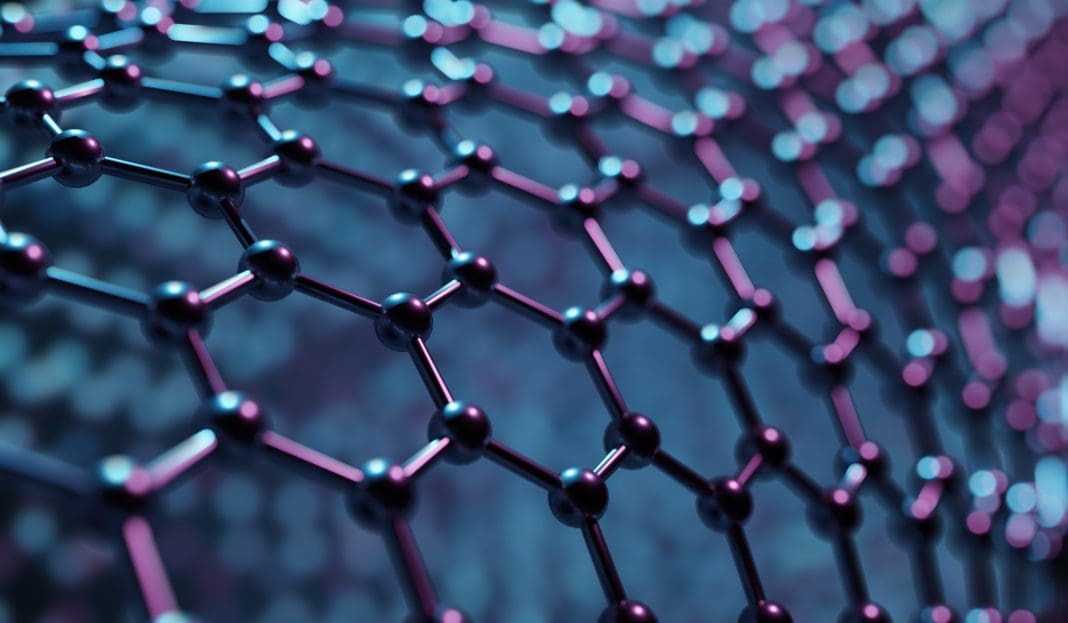Graphene@Manchester have received a fund of £400,000 from Innovate UK to boost their development and production of sustainable concrete
Graphene@Manchester and their partners have received a grant of £400,000 from Innovate UK’s decarbonising concrete fund.
The money will boost Graphene@Manchester’s research into using graphene in concrete mixtures to increase sustainability and reduce carbon emissions.
Graphene doesn’t sacrifice stability for sustainability
Adding graphene to concrete mix simply reduces the amount of concrete mix required, while providing the same level of strength.
For every bit of concrete mix this saves, it saves a proportional amount of carbon. This is just one method of reducing carbon in concrete.
GEIC, the Graphene Engineering Innovation Centre, and part of Graphene@Manchester, will share their knowledge and equipment in the research to produce integrated micronized limestone and graphene-based admixtures.
Graphene@Manchester has previously demonstrated that graphene in concrete mix effectively enhances the mechanical properties of concrete, reducing the amount of material needed while maintaining early age strength development.
Graphene@Manchester and Cemex comment on the project:
James Baker, CEO at Graphene@Manchester, said: “This partnership showcases the power of our lab-to-market innovation model, where we collaborate with industry and its supply chain to scale and commercialise graphene and share the remarkable properties of this 2D (2 Dimensional) material. The outcomes of the project will foster engagement between innovation projects and end users, demonstrating market demand, reducing commercial risks, encouraging investment, and speeding up adoption. The potential for graphene-enhanced concrete to significantly reduce CO₂ emissions during manufacturing marks a major advancement in sustainable construction.”
Mike Higgins, National Technical Manager for Cemex UK, said “This partnership is a great example of experts working across the construction sector to drive innovative new approaches that aim to bring about additional benefits for the built environment, as it continues its journey towards a more sustainable future.
“The commercial potential of this innovation is substantial, given the urgent need for more sustainable building materials in the face of global climate challenges. This project encompasses a comprehensive plan from laboratory development to real-world application, ensuring the solution is not only technically viable but also commercially viable.”














